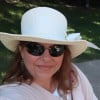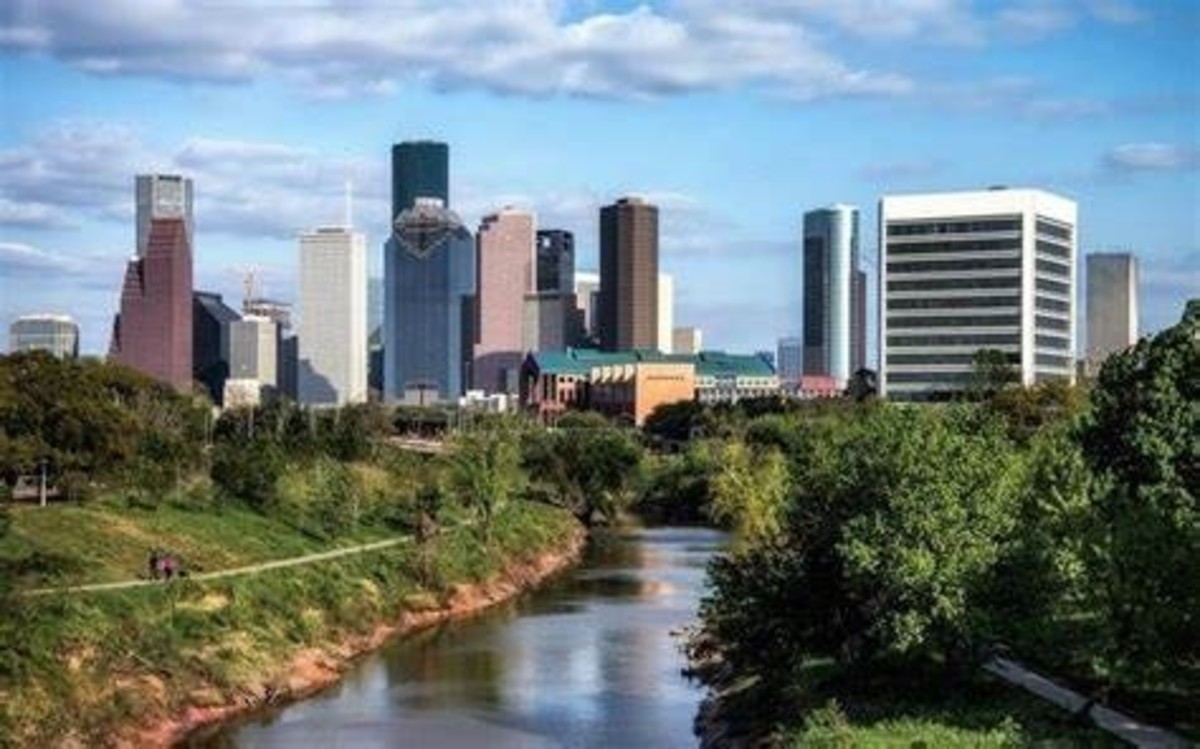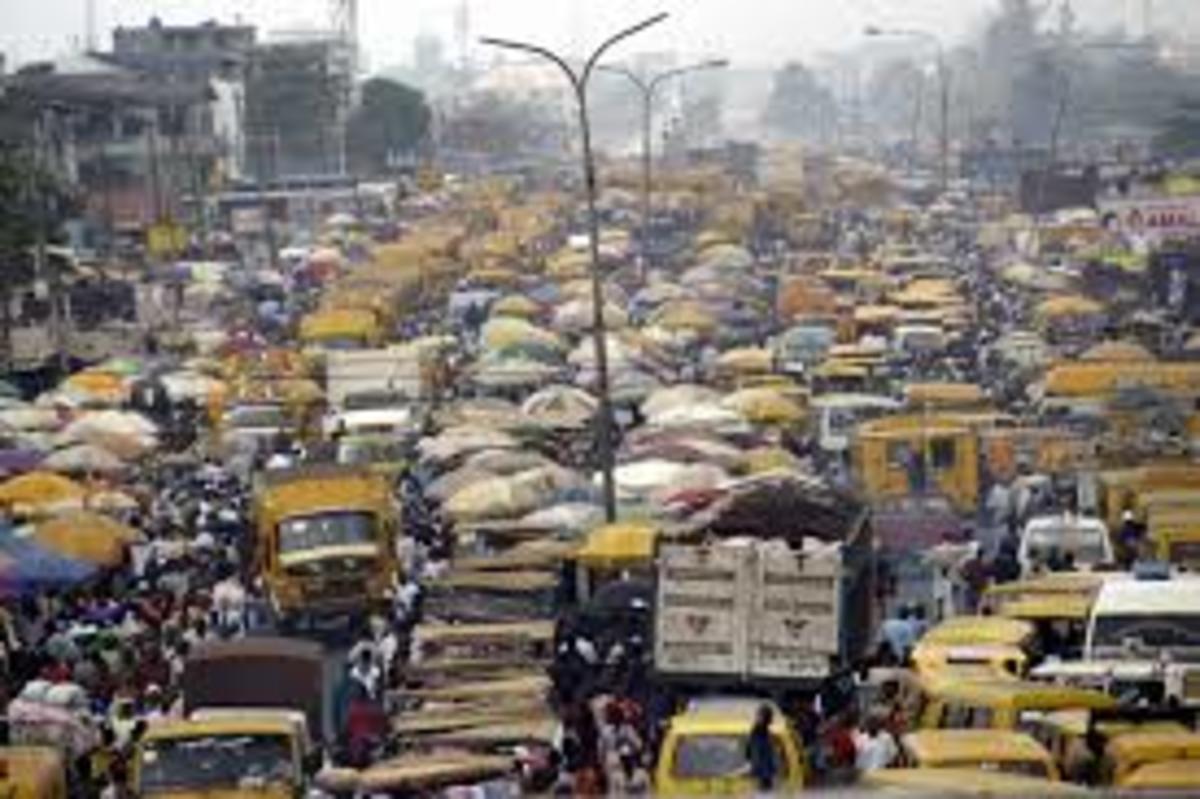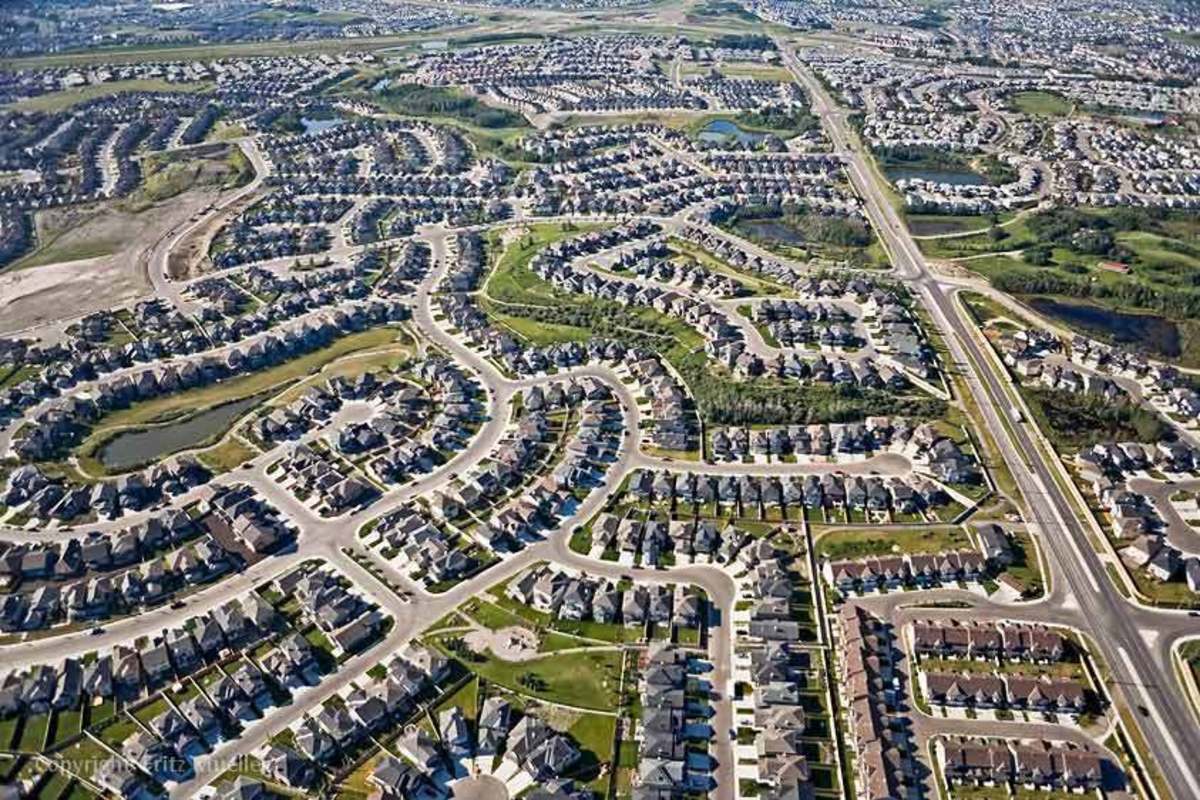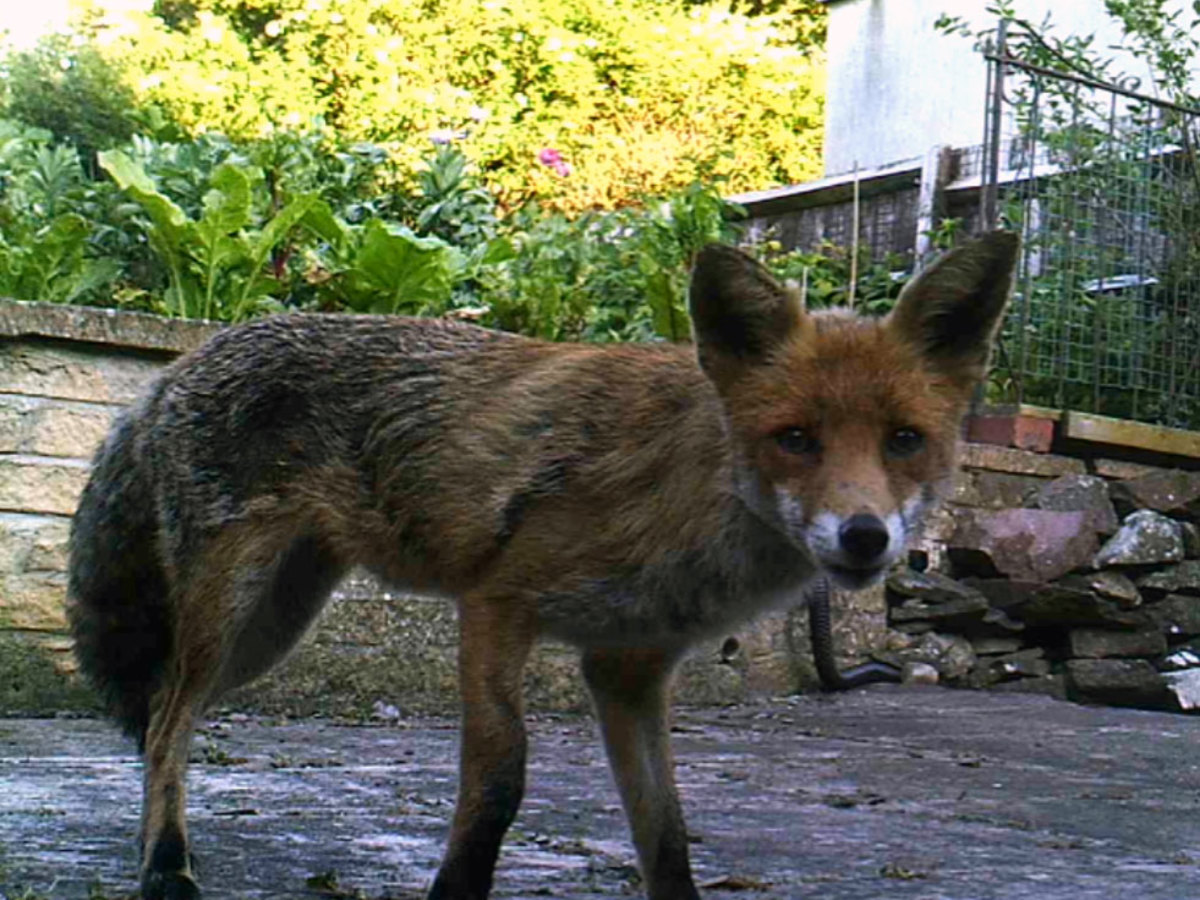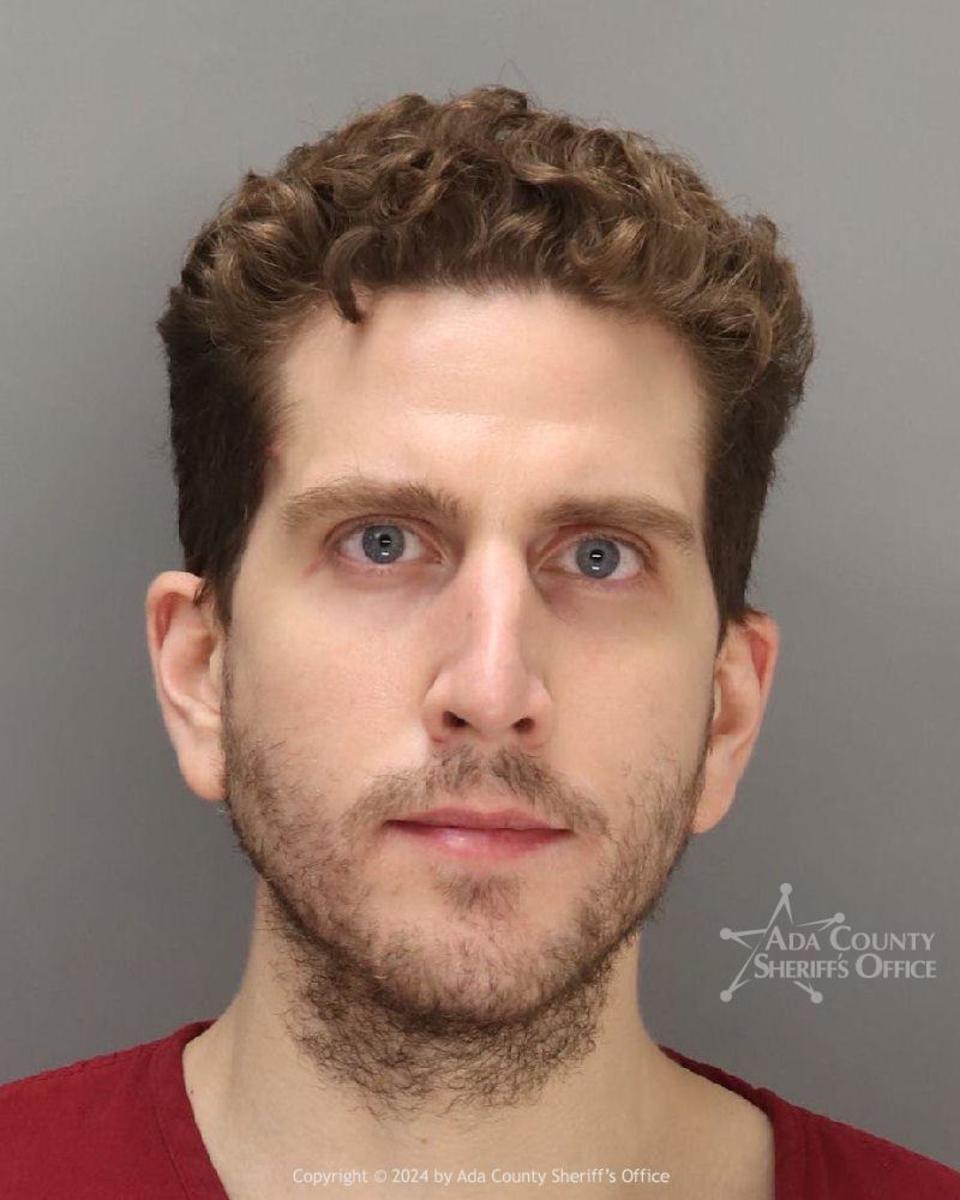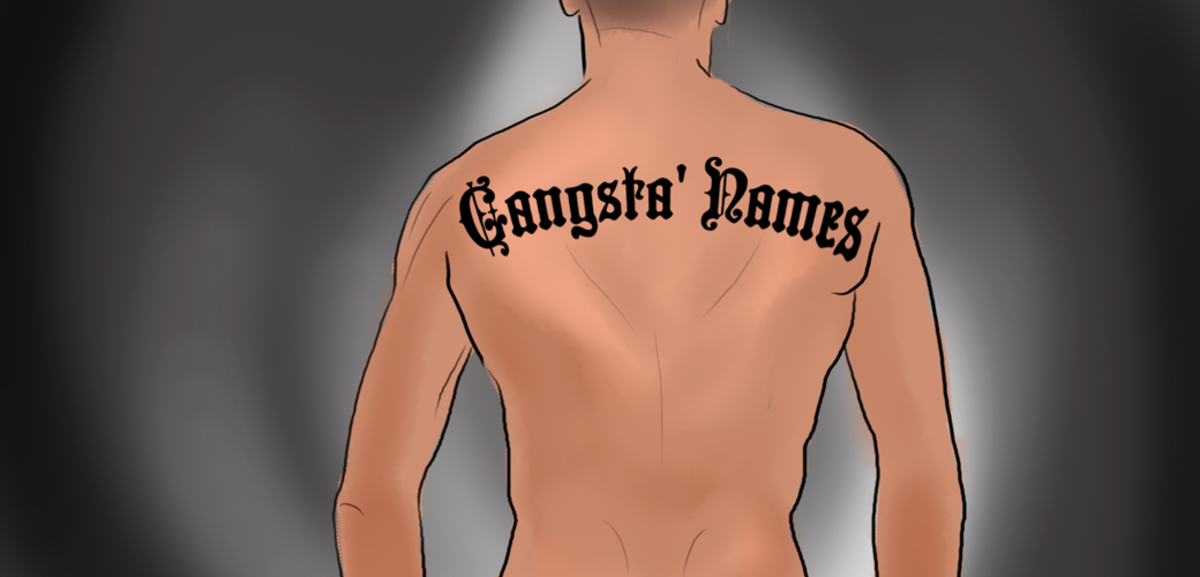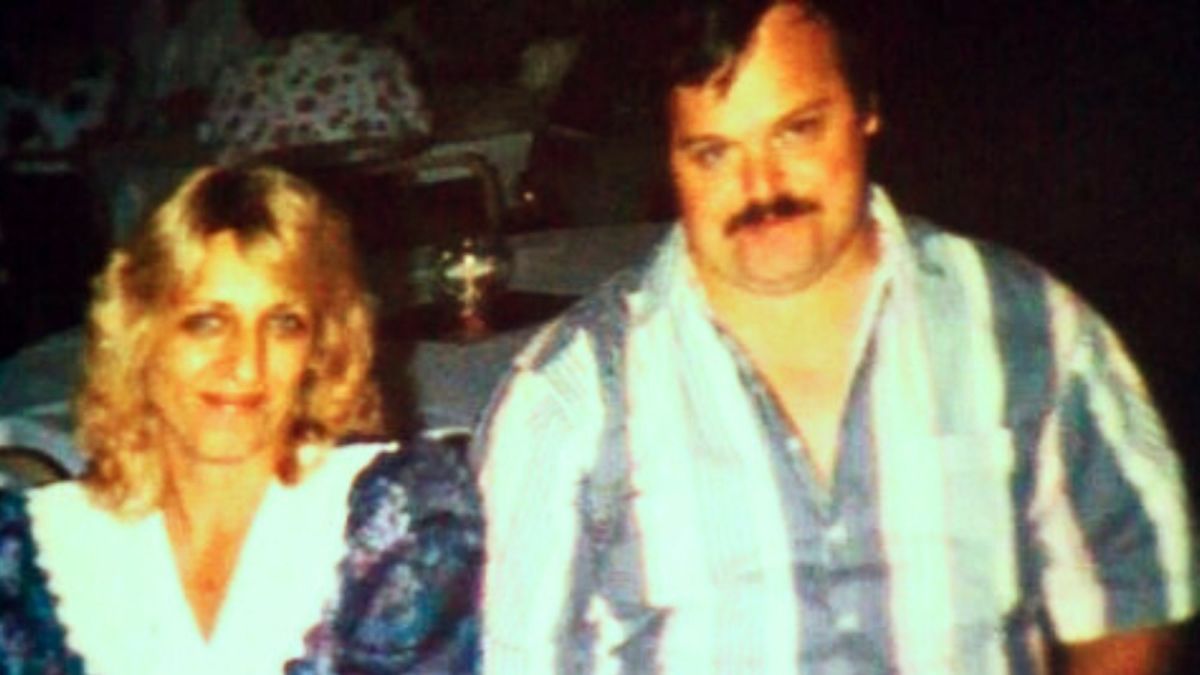Effects of the Urban Sprawl
See the difference?
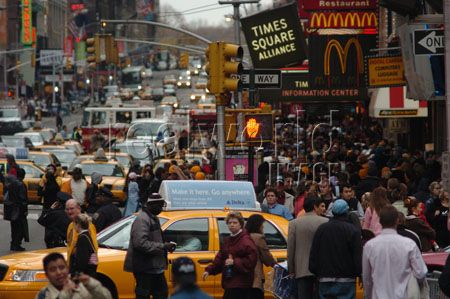
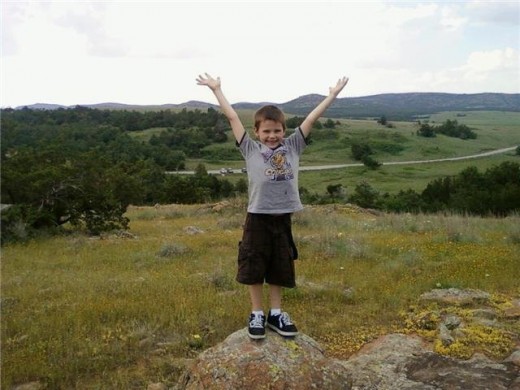
Sprawl can be defined as the spreading of urban or suburban areas into undeveloped lands (Turk and Bensel, 2011). There are many concerns that arise when considering the urban sprawl. When housing developments and cities encroach on areas that are inhabited by wildlife the animals and plant life suffer. The kind of damage done when houses are built in areas where wildlife is abundant is plain to see for me every day, just today, in fact, I saw two unfortunate victims of this, road kill, a possum and a raccoon. It reminds me of an experiment I once did involving two different paramecium breeds sharing the same environment, in the end one dominated and killed off the other. Little by little the wildlife in many areas is retreating or dying out because we are a dominant species and we are choking out all of the resources they require as far as food and water sources, natural habitat, not to mention the dangers we pose to them with our cars and other technologies. I even heard someone in Wal-Mart the other day bragging about how he stabbed a couple of grass snakes with his rake in his backyard as he sprayed for weeds and then talked about how he was going to cut down a big old tree that was blocking his view.
There is no doubt humans pose a threat to wildlife when they take over. Really though, it is more than just the concern over natural wildlife, many of our food sources come from farms and ranches and according to our textbook “Inland urban settlements in the United States have tended to situate in river valleys and other fertile areas that are also highly productive for farming”(Turk and Bensel, 2011). So, by expanding urban areas into agricultural areas we are in essence limiting our own food sources, which is a little self-destructive. All that I have already mentioned does not even touch the tip of the iceberg, all of that is without even considering the rain forests which provide oxygen to the world being chopped down or areas that are important to exotic, rare or endangered species being destroyed.
All of that aside, when you get too many too many living things in any one space they are eventually going to have problems. People need space, without it we go little crazy, that is why we have phrases like cabin fever. Also crime is higher in urban areas because there are more people. It is more crowded and things move at a little faster pace so tensions are higher. Not to mention the fact that we create a bit of a cesspool for those who are already criminals because temptations are greater where there are more targets and it is easier to get lost in a crowd, unfortunately, that sentiment hits on another problem with urban areas, it is easier to get lost in a crowd, people need a sense of importance and identity, we all need to feel like we have a place and a purpose and that we are special, it is hard to feel that way when surrounded by a thousand other people and difficult to find a voice with so many others drowning you out. Tight long lasting relationships are difficult to form in the fast paced urban areas and the family bond suffers many blows, so the psychological impacts are potentially huge. Of course it truly goes without saying that there is certainly something to be said for the peace that comes from the beauty of nature and wide open spaces or rushing water or the wind blowing through the woods, the urban sprawl surely takes away from that.
Personally, I hate the city, it is loud, it smells, it is crowded and busy and I simply feel lost and small. I spend a lot of time out walking in the woods or in the open fields down some dirt roads outside of town, there is nothing that makes me happier than being in the country. I find that it is the same with my whole family, this weekend in fact my kids have asked if we can go get lost down a dirt road somewhere and go picnicing or if we can go find somewhere to go hiking, I think we will go to the mountains, its quite there and it smells lovely.
References
Turk, J., & Bensel, T. (2011) Contemporary Environmental Issues
© 2012 Myranda Grecinger
